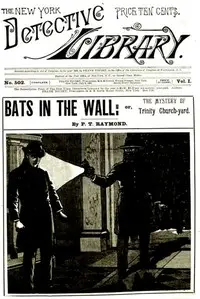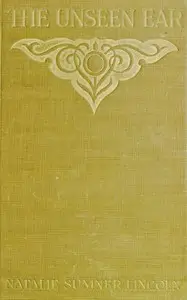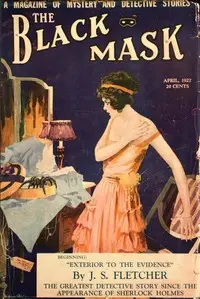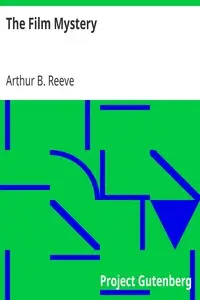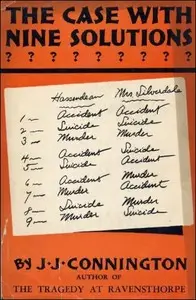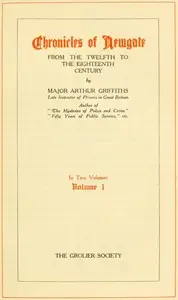"The Ear in the Wall" by Arthur B. Reeve is a detective story from the early 1900s that centers on the puzzling vanishing of Betty Blackwell; her case gets mixed up with political corruption and social problems of the time. A detective and scientist named Craig Kennedy teams up with District Attorney Carton to solve the mystery and exposes hidden truths about city life. The book starts with Carton asking Kennedy for help with Betty's case, suggesting it has something to do with Carton's investigation into vice and illegal activities. The characters explore the problems women face in society, the fight against corruption, and how memory loss can effect an investigation. Kennedy's hunt for Blackwell is suspenseful and also makes the reader think about social issues.

The Ear in the Wall
By Arthur B. (Arthur Benjamin) Reeve
When a young woman disappears, a detective and a district attorney join forces to uncover a web of political corruption, societal issues, and long-hidden secrets.
Summary
About the AuthorArthur Benjamin Reeve was an American mystery writer. He is known best for creating the series character Professor Craig Kennedy, sometimes called "The American Sherlock Holmes", and Kennedy's Dr. Watson-like sidekick Walter Jameson, a newspaper reporter, for 18 detective novels. Reeve is famous mostly for the 82 Craig Kennedy stories, published in Cosmopolitan magazine between 1910 and 1918. These were collected in book form; with the third collection, the short stories were published grouped together as episodic novels. The 12-volume publication Craig Kennedy Stories was released during 1918; it reissued Reeve's books-to-date as a matched set.
Arthur Benjamin Reeve was an American mystery writer. He is known best for creating the series character Professor Craig Kennedy, sometimes called "The American Sherlock Holmes", and Kennedy's Dr. Watson-like sidekick Walter Jameson, a newspaper reporter, for 18 detective novels. Reeve is famous mostly for the 82 Craig Kennedy stories, published in Cosmopolitan magazine between 1910 and 1918. These were collected in book form; with the third collection, the short stories were published grouped together as episodic novels. The 12-volume publication Craig Kennedy Stories was released during 1918; it reissued Reeve's books-to-date as a matched set.


